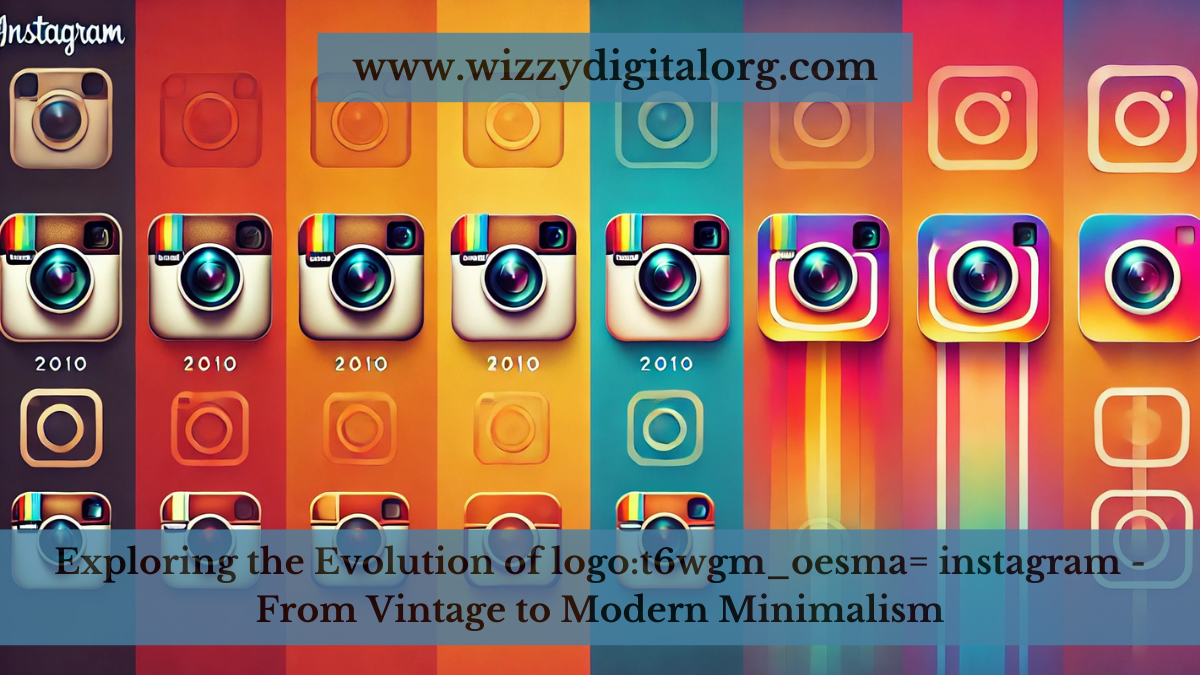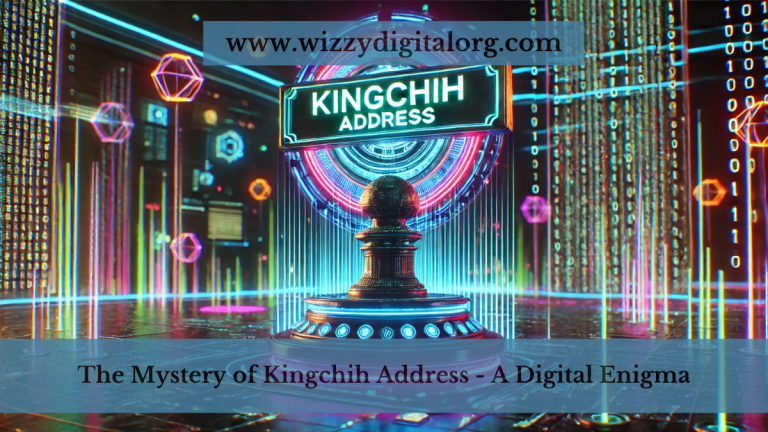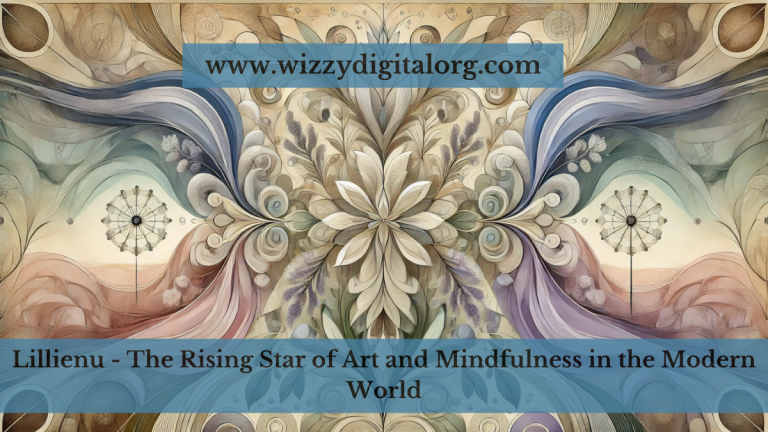Exploring the Evolution of logo:t6wgm_oesma= instagram – From Vintage to Modern Minimalism
Introduction
Instagram’s logo, a simple yet globally recognized symbol, has undergone various transformations since the platform’s launch in 2010. Known initially for its retro camera design, the logo has evolved over the years to reflect changing trends and the platform’s growth.
The “logo:t6wgm_oesma= instagram” explores the journey of Instagram’s logo evolution, from its retro origins to a sleek, modern aesthetic, symbolizing its growth and influence in digital culture.
This article explores the detailed history and transformation of “logo:t6wgm_oesma= instagram,” capturing its journey from nostalgic roots to its current minimalistic design, resonating with millions worldwide. We’ll also look at why this logo has become iconic and the thought process behind each redesign.
Section 1: The Origins of Instagram’s Logo Design
1.1 Instagram’s First Logo Design (2010)
The first iteration of the Instagram logo reflected the platform’s original identity as a photo-sharing app. Designed by Kevin Systrom, one of the co-founders, the logo resembled a vintage Polaroid camera. This logo not only symbolized Instagram’s core function—sharing images—but also evoked a sense of nostalgia, tapping into the popularity of vintage aesthetics in early social media culture.
1.2 Influence of Vintage Cameras on Early Instagram
The early logo was heavily inspired by classic Polaroid and Bell & Howell cameras. This design was purposeful, paying homage to the art of photography that Instagram wanted to revive for smartphone users. It was memorable, intricate, and aligned with the platform’s early emphasis on capturing moments in a vintage style.
Section 2: The Iconic Logo Transition of 2013
2.1 Why Instagram Updated Its Logo
Instagram’s growth brought in millions of users worldwide, and the demand for a more versatile, universally recognizable symbol increased. As the app grew more diverse in its functionality, moving beyond photo-sharing to include video, stories, and messaging, it required a logo that could symbolize its broader mission.
2.2 From Camera Details to Simplified Icon
In 2013, the Instagram logo underwent a significant change. The design team simplified the camera details, removing intricate elements, and opting for a sleek and modern look. This change was meant to make the logo more adaptable to different screen sizes, particularly as mobile usage soared.
Section 3: The Redesign of 2016—A Bold Move to Minimalism
3.1 The Launch of the Gradient Icon
In 2016, Instagram made a bold shift, unveiling a flat, colorful gradient design that shocked many users. The new logo replaced the realistic camera with a simple outline of a camera against a rainbow gradient background. This was a complete departure from the old logo, yet it marked a new era of Instagram’s branding.
3.2 The Concept of Modern Minimalism
The 2016 redesign was rooted in minimalism, a trend in logo design that many brands embraced. This approach focused on creating symbols that were easily recognizable and modern. The gradient color scheme reflected Instagram’s vibrant community, capturing attention and symbolizing a lively, global platform.
Section 4: Logo Psychology and the Influence of Color
4.1 How Color Impacts Brand Perception
The gradient colors of Instagram’s current logo are eye-catching and convey creativity, passion, and energy. This choice was strategic, creating an emotional response that reflects Instagram’s youthful and dynamic user base. Colors in branding influence how users perceive the brand, and Instagram’s use of bright, warm colors aligns with its goal of being an engaging, friendly space.
4.2 Psychology Behind Minimalism
Minimalism communicates confidence and clarity. With fewer elements, the current Instagram logo symbolizes simplicity, emphasizing ease of use and accessibility. This clean design has contributed to the brand’s perception as user-friendly and versatile.
Section 5: The Impact of Instagram’s Logo on Social Media Culture
5.1 Shaping Visual Communication in the Digital Era
Instagram has influenced social media culture significantly, not only through content but also through its iconic logo. It has inspired other brands to opt for clean, minimalistic designs that can adapt across different digital platforms.
5.2 Why Instagram’s Logo Stands Out in a Crowded Market
The simplicity of the Instagram logo, combined with its vibrant color palette, makes it distinct and instantly recognizable. As Instagram expanded its role in advertising, the design needed to be straightforward yet effective at drawing attention, making it a memorable and lasting symbol.
Section 6: The Future of “logo:t6wgm_oesma= instagram”
6.1 Potential Trends in Logo Design
While Instagram’s current logo is widely recognized and beloved, design trends continue to evolve. Future iterations might incorporate aspects like adaptive logos that change depending on usage or animated logos that bring the design to life in interactive formats.
6.2 How Instagram’s Brand Identity May Shape Future Designs
As Instagram continues to diversify its offerings with e-commerce, creator tools, and social interaction features, its logo may evolve to reflect a more multifaceted digital ecosystem. It’s possible that future updates will focus on inclusivity and global reach, incorporating elements that resonate across various cultures.
Section 7: Lessons from Instagram’s Logo Evolution for Other Brands
7.1 Embracing Change Without Losing Brand Identity
Instagram’s logo evolution teaches brands the importance of adapting to changing trends while maintaining brand identity. Even though Instagram shifted from a vintage camera design to a modern minimalist look, it preserved the core concept of a camera, staying true to its photo-sharing roots.
7.2 Balancing User Reactions with Design Innovation
The bold 2016 redesign faced mixed reactions, yet Instagram stayed committed to the new look, confident in its vision. This decision reflects a valuable lesson in branding: balancing innovation with an understanding of user expectations can strengthen a brand’s long-term identity.
FAQs
Q1: What does the Instagram logo represent?
The Instagram logo represents a camera, symbolizing the platform’s core purpose of sharing visual content like photos and videos.
Q2: Why did Instagram change its logo to a gradient?
Instagram’s 2016 redesign aimed for a minimalistic look, with the gradient representing creativity and vibrancy, aligning with the platform’s diverse and energetic user base.
Q3: How did users initially react to the new Instagram logo?
Initial reactions to the 2016 logo redesign were mixed; however, it has since become iconic, widely recognized, and embraced by Instagram’s global community.
Q4: Will Instagram change its logo again in the future?
While no changes are confirmed, Instagram’s logo may evolve as the platform expands its offerings, possibly adapting to emerging design trends.
Q5: What is unique about the “logo:t6wgm_oesma= instagram” journey?
The “logo:t6wgm_oesma= instagram” journey reflects Instagram’s growth, evolving from a nostalgic camera icon to a modern, minimalist design, signifying innovation and adaptability.






